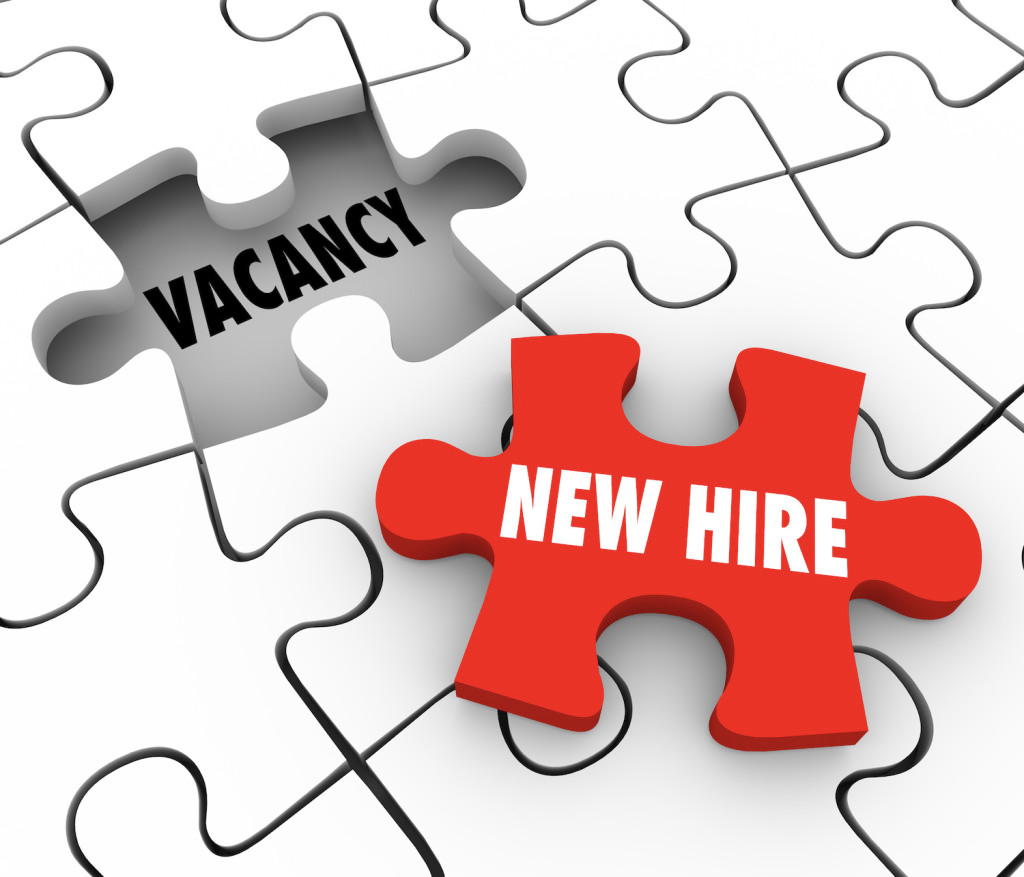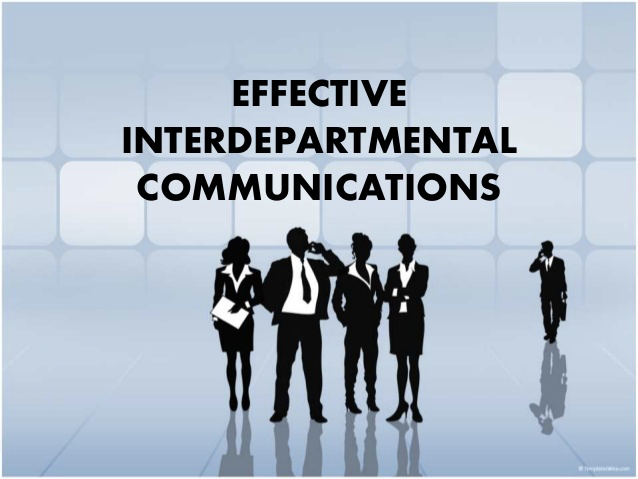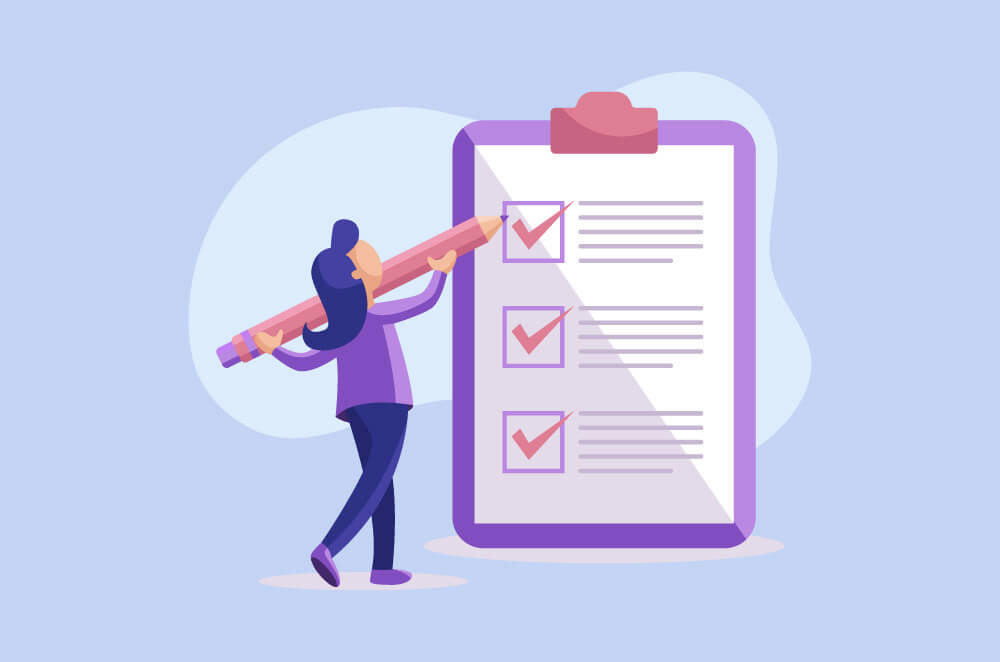[Tech Diaries] Building your penultimate User Onboarding process
Organizations mostly invest a huge chunk of money in hiring a new employee and it takes about 5 to 6 months to bring new hires up to full productivity. Failure to properly onboard a new hire will cost significant amounts of time and money. So, before we get into the 'this and that' of employee onboarding, let’s take a step back and start with the basics.
What does User Onboarding mean and what is the end goal?
It is nothing more than a process that every organization follows when a new resource is hired. The very simple end goal is to help the new resource integrate well into your work environment. When I say integrating the new resource into your environment it starts from setting things up for the new resource to gauging the employee's experience with the process.

As this is the first step in a relationship between the company and the new hire, a successful onboarding program should provide the new hires with the resources to become fully engaged and culturally aware members of a productive workforce. The most important thing to remember is that onboarding is not one-size-fits-all.
Different employees, depending on the level of their career, job function, etc. will require different onboarding techniques. While every organization has different onboarding techniques, the important thing to remember is that the faster a new hire feels welcome and prepared for their new job, the faster that employee will be able to contribute to the company’s growth and success.
The Biggest Challenge.
The biggest challenge in User Onboarding is that all various Service departments - HR, IT, Facilities, and more - need to step into action to make sure new employees have everything to get started on their first workday. As a Product Consultant, I often visit organizations to discuss how we can improve the collaboration between these supporting departments, and it's surprisingly common that the IT, Facilities and HR managers shake hands for the first time during this meeting. It’s not reluctance or a lack of interest in the other team. It’s because running your department takes enough time already. That’s understandable, but the result is that those processes that require cross-departmental involvement are not set up correctly yet.

Even if every department is coherent, the process is still far from perfect. For example, an often-heard complaint voiced by IT and Facilities managers to their HR colleagues is the duration provided for them to set things up. They often hear on Thursday that everything needs to be ready by the following Monday. The IT or Facilities manager isn’t happy about this, but he’ll do it, at the expense of other planned work.
Things to keep in mind before building your On-Boarding Process.
$ Employee onboarding is not a one-day activity.
$ Always adapt and evolve your employee onboarding process as needed.
$ Look beyond your onboarding process for opportunities to improve.
$ Think of onboarding new employees as a path to performance management.
In other words, always be aware that your employee onboarding process can and should evolve.
Building your penultimate onboarding process.
Now that you've started thinking about creating your onboarding process, you’re probably wondering about the "How To" part of employee onboarding, and most importantly, how to get it right. However, before implementing a formal process, you should answer some key questions to attain efficiency.
When will the onboarding start?
How long will it last?
What do new employees need to know about the culture and work environment?
What role will HR play in the process? What about direct managers? Co-workers?
How will you gather feedback on the program and measure its success?
The above questions might look simple, but each question has many more such questions under its umbrella. But, if you can come up with answers for the above 5 questions, you will be able to build up an effective on-boarding process.
Now that you have answers to the above question, you can start to list out the exact steps you’d want to take to successfully onboard a new employee. Then, you need to ensure that the onboarding process is followed through for every new hire you make.
My On-Boarding Checklist.
An onboarding process must ensure that new hire has everything they need to perform their daily work tasks. And the best way to achieve that is by dividing your onboarding into small components.

A typical new hire onboarding plan generally covers the following areas:
Collection of new hire's employment records such as letter of contracts and proof of education e.t.c
Preparing new employee’s workstation, company email, and office supplies.
Orientation of the company’s history, culture, and mission.
Introduction to teammates, supervisor, and manager
General and role-specific training
Review, feedback, and re-evaluate
The above process is a breakdown of the broad spectrum of work that is done as a part of the onboarding process. Now that we've broken it down into small pieces, I just have one question for you.
How well is your On-Boarding process aligned and organized?
Achieving maximum success with Employee Onboarding.
For any organization, onboarding new hires aren’t hard, when you have one or two new hires coming for a month or two. Yet, this won’t be nearly as easy, when you’re at the stage when there are dozens of new hires every month, things start to get extremely hectic.
You end up running multiple onboarding processes for different departments and hire people with different skill sets at the same time. Without a software to keep track of all of them, you run the risk of missing some critical steps.
To ensure that every single one of your processes is executed flawlessly, you can look into this post that explains how ServiceDesk Plus as an application, can help you with perfecting your employee onboarding process.